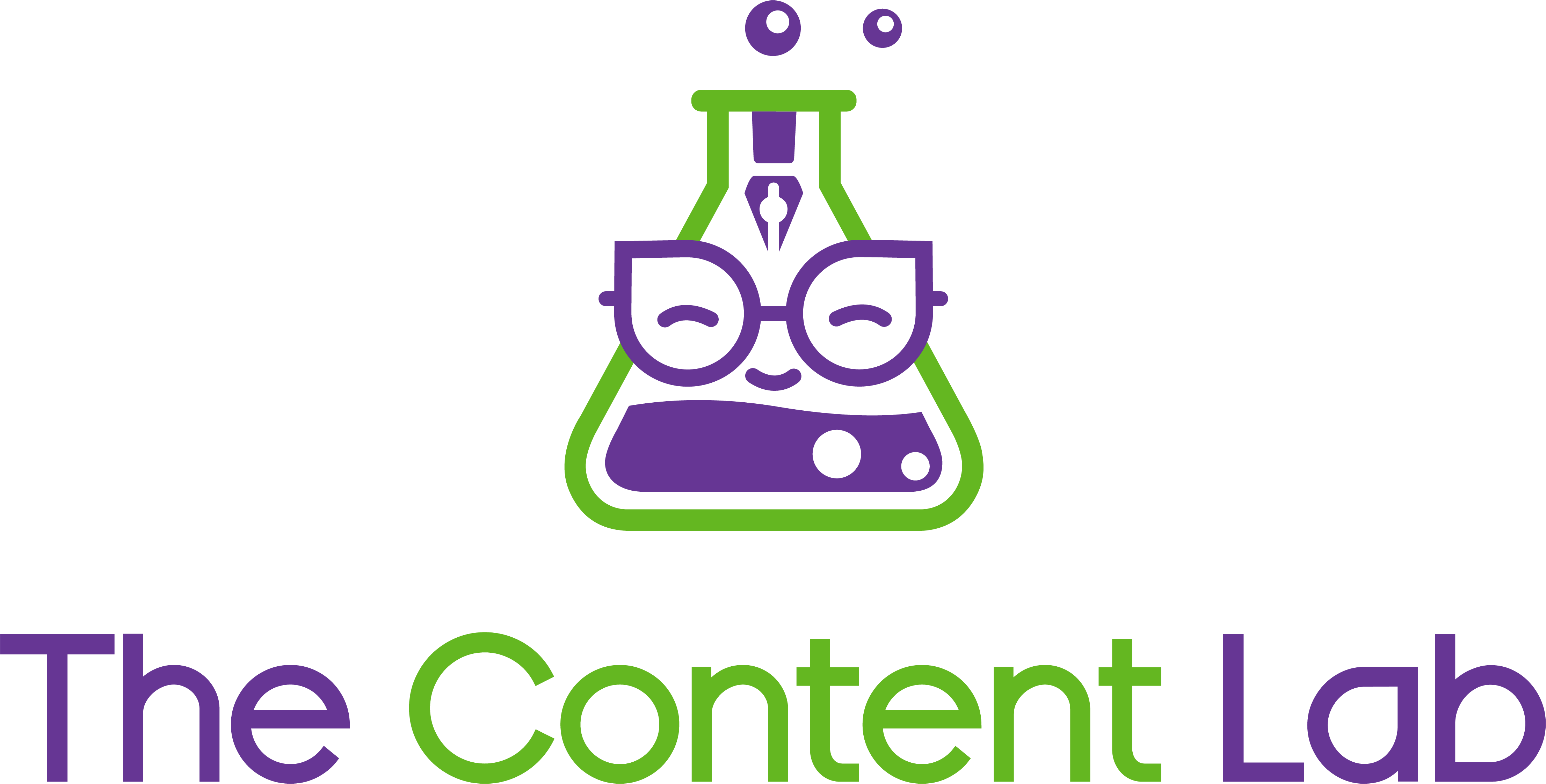Booking a vacation today looks *quite* different to how it did years ago. Instead of walking into a travel agency and flicking through glossy brochures, travellers now have the world at their fingertips — literally! From scrolling through content on social media platforms to reading online reviews on travel and tourism websites, the decision-making process now starts in the comfort of a holidaymaker’s home.
But what does this mean for those working in the travel industry?
Well, for starters, it means that if your marketing efforts don’t grab a traveller’s attention fast, you’re at high risk of losing out to competitors. And, in an industry where guest experiences and word-of-mouth are everything, you really can’t afford to be overshadowed.
So, how can you make sure your content marketing strategy stands out and keeps your booking calendar full?
As always, we’re here to help!
What makes a great call-to-action?
A call-to-action is a powerful piece of content. It’s all about guiding your reader along the buyer’s journey to complete your desired action, converting visitors into leads, and ultimately into customers.
Whether you want your audience to make a purchase, download a resource, or subscribe to your email list, crafting the perfect call to action can take a little practice to get right.
So, what separates the ‘meh’ CTAs from the irresistible ones?
A great CTA is direct, yet gentle. Persuasive, yet conversational. Small, yet mighty.
Essentially, a call-to-action speaks directly to your reader, telling them why they should act now, and directing them to take the desired step – all without being pushy or dishonest.
That’s easier said than done, though, right?
Don’t worry, we’ve got you! Here are our top tips to help you start writing super compelling CTAs and get your website visitors clicking those CTA buttons in no time!
1. Keep Your Content Clear & To the Point
When you’re talking about your hotel or travel experience, it’s easy to overdo it with fluffy descriptions. But here’s the thing — when someone lands on your site, they aren’t looking for a long-winded pitch. They want the facts…fast!
Sure, you want to highlight what makes your place special, but when travellers are on the hunt for answers, it’s best not to put extra hurdles in their way.
To help, here are our team’s thoughts on how to feature the right information for your hotel or travel experience front and centre.
- Focus on the essentials: If travellers have to go searching for the information they want, their journey is likely to take them to another website. So always make sure that important details like pricing, availability, and amenities are transparent and easy to find.
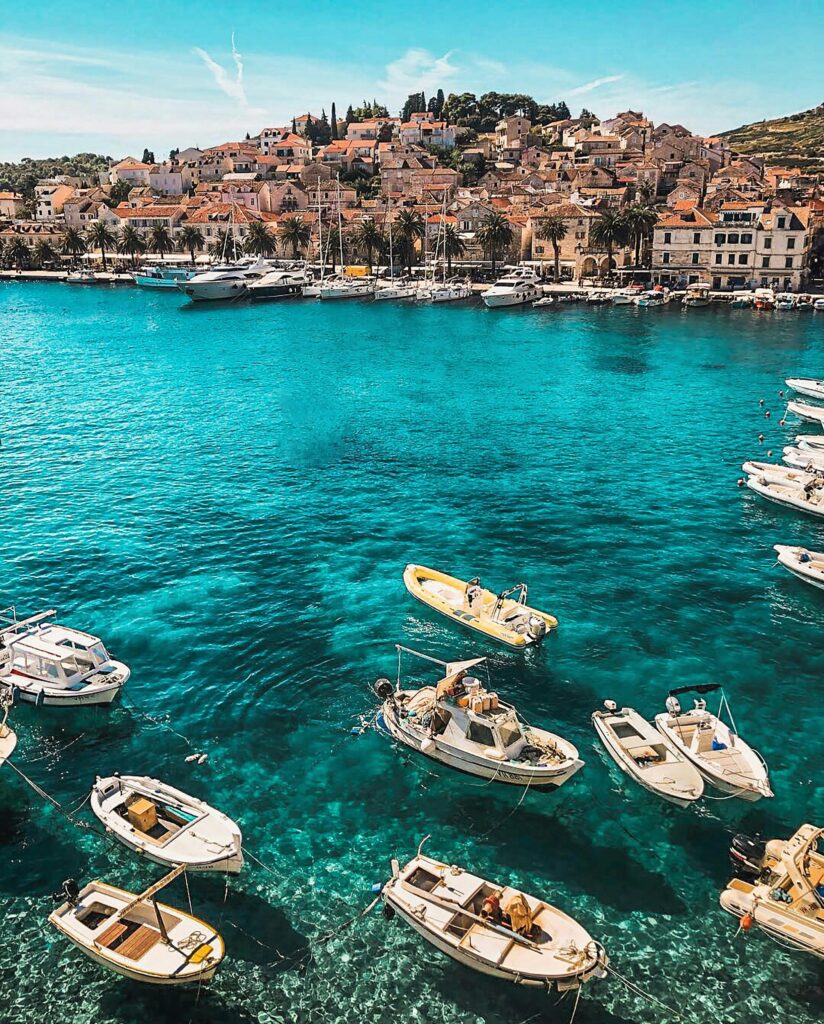
- Avoid unnecessary jargon: Travellers aren’t impressed by industry buzzwords or overly technical language. They want straightforward information that’s easy to digest — so cut the fluff and get to the point.
- Use bullet points and headings: Holidaymakers are excited! They want to visualise their future trip as quickly as possible. That’s why it’s important to make your content easy to scan. Try breaking long paragraphs up into scannable sections using bullet points, clear headings, and short snappy bites of information.
- Keep your call-to-action clear: In the travel industry, it’s crucial to keep the guest experience moving smoothly. Whether it’s “Book Now”, “Check Availability”, or “Explore More”, your call-to-action should stand out and guide guests to the next step — without leaving them guessing.
- Balance text with visuals: A picture really can speak a thousand words. So be sure to use high-quality images or videos that show off your property or destination. That way, you can complement great copy with visuals your guests won’t be able to forget!
Tip: As part of your hotel content marketing efforts, don’t forget that high-quality images and video content also build trust and instil confidence throughout the customer journey. The more evidence a potential guest has that your hotel is real and ready to welcome them, the more likely they’ll be to make a booking! So create videos that can be shared across your entire digital marketing strategy, including your social media sites and email campaigns. The more people see, the more they’ll believe!
2. Run Email Marketing Campaigns & Promotions
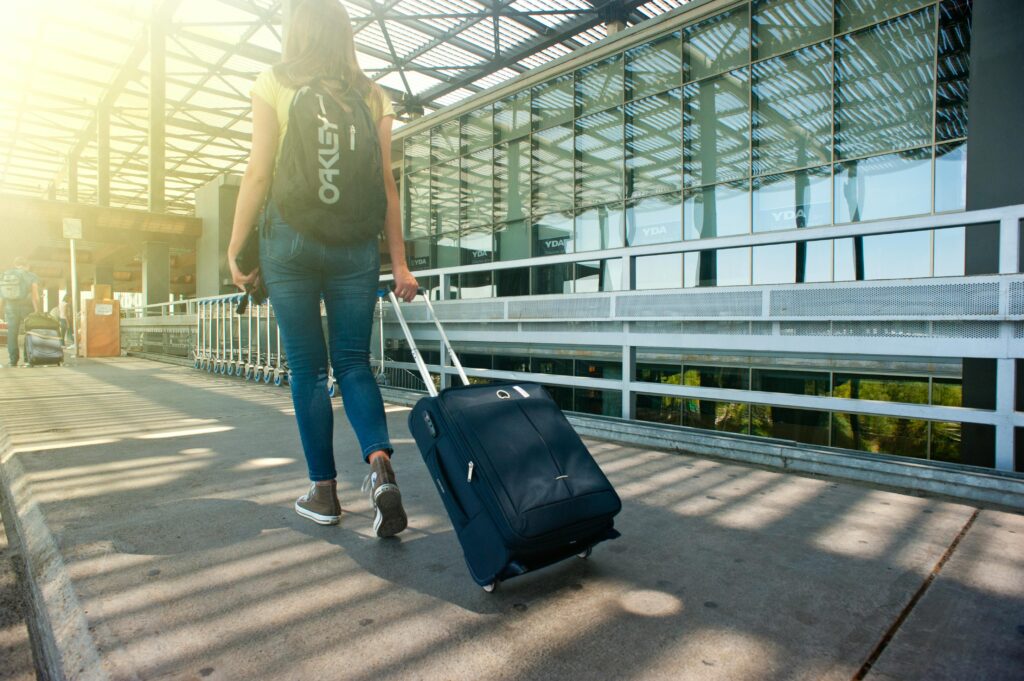
Let’s be real — social media posts are great, but they can easily get lost in the noise. With so much competition on each platform, your social media content needs to be REALLY strategic to reach the right audience.
Emails, on the other hand, land right in your potential guests’ inboxes, making them a direct line to your target audience. But here’s the catch: not just any email will do.
To make email marketing work, you really need to focus on delivering value. It’s not about blasting promotions aimlessly; it’s about offering up content travellers actually care about.
As a team that’s written many a successful email campaign, here are our tips on how to get it right the first time:
- Segment your audience: Not all guests are the same…which means your email content shouldn’t be either! Our suggestion? Send out different emails based on factors like location, interests, or previous stays to increase engagement and make your emails more personalised and relevant to each guest.
- Use strong subject lines: The presence of your hotel’s name or travel brand in someone’s inbox is already a big step towards building brand recognition. But the whole purpose of email marketing is to get people to hear what you have to say. That’s why it’s important to make your email subject line clear, catchy, and relevant to the content inside — so your target customers actually open the email!
- Provide exclusive offers: Think of your email subscribers as your VIPs — they’re already interested in what you have to offer, but it’s important to keep them engaged. Give the people on your email list an insider perk — like a limited-time promotion, early access to booking deals, or a discount code just for them — to increase loyalty, boost conversions, and improve open-rates for future emails.
- Include clear, enticing CTAs: Your email’s goal should be obvious. Whether you’re driving bookings, promoting a seasonal offer, or encouraging guests to explore your amenities, make sure your call-to-action (CTA) stands out and guides readers toward that next step. Just be sure to keep it simple and action-oriented — a well-placed “Book Now” or “Claim Your Offer” button can be all it takes to seal the deal.
- Send follow-up emails: Timing is everything, especially when it comes to email marketing. If your subscribers haven’t responded after you’ve sent your initial email, send a gentle follow-up a few days later. A friendly reminder about an upcoming promotion or limited-time deal can nudge potential guests towards making a booking. Just be careful not to overdo it — no one likes a cluttered inbox!
Tip: One of the best content marketing tips for email is to share genuine travel tips in your campaigns. By offering practical advice as part of your travel marketing strategy, you can engage your audience beyond promotions, helping you retain customers over time. This approach ensures your content marketing strategies are not only aimed at increasing bookings, but establishing guest loyalty, too.
3. Make Sure Your Site Is Mobile-Friendly
More travellers than ever are using their mobile devices to research, plan, and book trips. In fact, 80% of travellers feel it’s important to be able to book their trip entirely online. This means, if your website isn’t optimised for mobile, you’re missing out on a significant chunk of potential bookings.
But a mobile-friendly site goes beyond just looking good on a phone — it has to be fast, functional, and easy to navigate. No one wants to deal with slow load times, tiny text, or buttons that are difficult to tap.
If your website offers a bad user experience on mobile devices, they’ll assume their guest experience will be just as bad…and nobody wants that!
Here’s how to stop users bouncing away from your website and straight into the hands of a competitor:
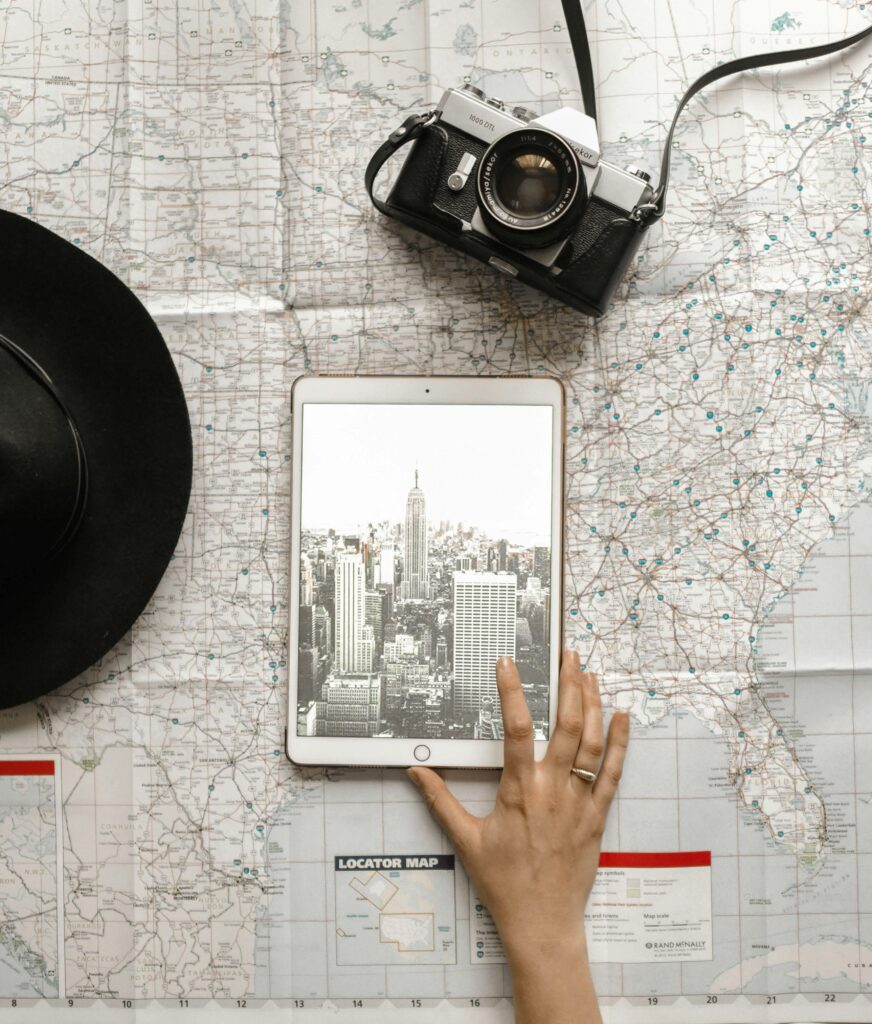
- Ensure responsive design: Booking a trip can be a long process involving lots of research. Or it can be a split-second decision. Either way, people are getting it done on phones, tablets, and desktops. This means your website needs to automatically adjust to fit any screen size so that when a user is ready to commit, it’s easy for them to do so!
- Optimise loading speed: Having a fast-loading website is now non-negotiable in the travel industry — especially for mobile users who may want to book something on the go. If your site feels slow, they definitely won’t wait around. To stop people bouncing away from your website, we recommend a loading time of 3 seconds or less!
- Simplify navigation: Mobile users in particular appreciate a straightforward experience. To achieve this, make sure your website menu is easy to access and navigate, with clear categories and a search function. The easier your site is to get around, the more likely users are to stick around and book.
- Use large, clickable buttons: When designing for mobile, don’t forget to consider finger size! If it’s hard to click, it’s likely that guests will abandon their search on the spot. So, keep your buttons large enough to be easily tapped without zooming in — especially your booking buttons, navigation links, and any calls-to-action.
- Incorporate mobile-friendly payment options: A smooth booking experience now needs to include various payment options that cater to mobile users. The easier you make it for guests to complete their transaction, the more likely they’ll be to finalise their booking. Consider integrating digital wallets like Apple Pay or Google Pay into a simple, secure checkout process.
4. Create an SEO Strategy

Modern travellers know what they want, so it’s more important than ever to make sure they can find it. This is where Search Engine Optimization (SEO) comes in.
SEO is essential for helping your website rank high on Google, making it easier for travellers to find your hotel or travel experience…instead of your competitor’s.
By targeting the right keywords and optimising your site’s structure, content, and speed, you can boost your search rankings and get in front of more potential guests.
An effective SEO strategy also helps build your credibility and trustworthiness. Why? Because whether you like it or not, travel research starts on Google, and users tend to click on the top search results first.
Here’s how to develop a solid SEO strategy for travel experiences:
- Do your research: Think about what potential guests are typing into Google. Are they searching for luxury hotels in your location? Or maybe they want the best family-friendly excursions or romantic resorts. Use keyword research to find the phrases that match your offerings and weave them naturally into your content, titles, and meta descriptions.
- Create valuable content: Google now prioritises high-quality, relevant content that’s helpful to users. For example, blog posts, travel guides, and FAQ sections can all provide valuable information while showcasing the best of what your property or travel experience has to offer. High-quality content also keeps visitors engaged longer, which is another positive signal for search rankings!
- Optimise for local search: Most travellers search with location-based queries, so be sure your site includes local SEO elements like geo-targeted keywords and a fully-optimised Google Business Profile (complete with your address, phone number, and an embedded map to help you appear in “near me” searches).
- Improve site speed and performance: As we’ve discussed, a slow website is a major turn-off, and it’s also something Google takes into account when ranking sites. Enlist the help of a web developer to compress images, minimise code, and use caching to improve load times and keep visitors — and search engines — happy!
- Build high-quality backlinks: Backlinks from reputable sites are like votes of confidence for search engines. Work on building relationships with travel bloggers, tourism boards, and industry partners to get your website featured on authoritative sites. The more credible links you earn, the better your chances of ranking higher in search results.
Tip: If you don’t have time to master the art of SEO but still want your content to perform well in search engines, consider hiring a content agency to do the work for you! For example, at The Content Lab, we do all of our own keyword research for on-page SEO, helping your high-quality content rank better and attract more traffic.
5. Use Content to Trigger Action
Your content isn’t just there to fill space — it’s there to encourage guests to take action. Every piece of content your travel brand produces should serve a purpose…and in most cases, that purpose is to guide potential guests down the booking funnel.
Whether it’s an engaging blog post, a stunning photo gallery, or a detailed FAQ page, your content should build trust and provide the information guests need to feel confident booking a trip — even on a whim!
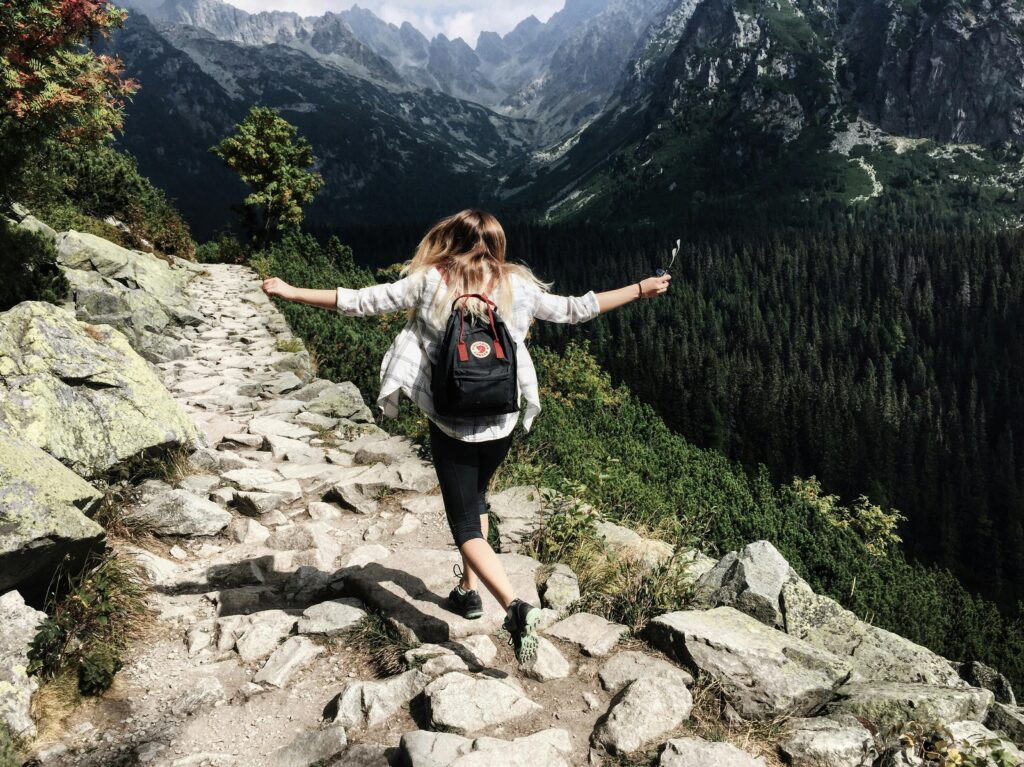
Here’s how to make your content more strategic and actionable:
- Position your content logically: Structure your content in a way that mirrors the natural flow of the booking process. Start by addressing the initial interests and needs of potential guests, then gradually guide them towards your key offerings…and your “Book now” button, of course!
- Use storytelling to create an emotional connection: Engage potential guests with your copy using storytelling techniques to highlight the type of experience they can look forward to. Whether it’s a couple’s romantic getaway or a family adventure, storytelling helps guests picture themselves in the moment, making them more likely to book.
- Include clear calls-to-action (CTAs): As mentioned, guide guests toward booking by placing prominent, actionable CTAs throughout your content. Whether it’s “Book Now”, “Check Availability”, or “Learn More”, make sure these buttons are easy to find and directly align with what your visitors are looking for.
- Highlight guest reviews and testimonials: Incorporate real guest experiences into your content to build trust. Reviews, testimonials, and other user-generated content reassures potential customers that others have had positive experiences with you.
- Use urgency and scarcity: Encourage immediate action by creating a sense of urgency. Limited-time offers, countdowns, or showing limited availability for rooms or tours can prompt guests to book to avoid missing out.
- Personalise the content: Make sure your content addresses different audience segments or travel preferences. Personalising messaging based on guest profiles — such as couples, solo travellers, or families — helps make the content feel more relevant (and increases the likelihood of a conversion).
The Content Lab: The Go-To Destination for Travel Industry Copy
In the travel industry, content marketing isn’t just a nice-to-have — it’s a must. With travellers relying more on online research to make their booking decisions, your content has to not only grab attention, but also build trust, provide clarity, and trigger action.
If you’re ready to take your content marketing efforts to the next level, The Content Lab is here to help.
Whether you need a new brand voice, engaging email campaigns, or simply clearer content, we’ve got the expertise to make sure your bookings keep rolling in.
Get in touch with us today!
Other Posts
 Content Marketing
Content Marketing Think Your Content’s Fine? Try This Content Audit Process and Find Out
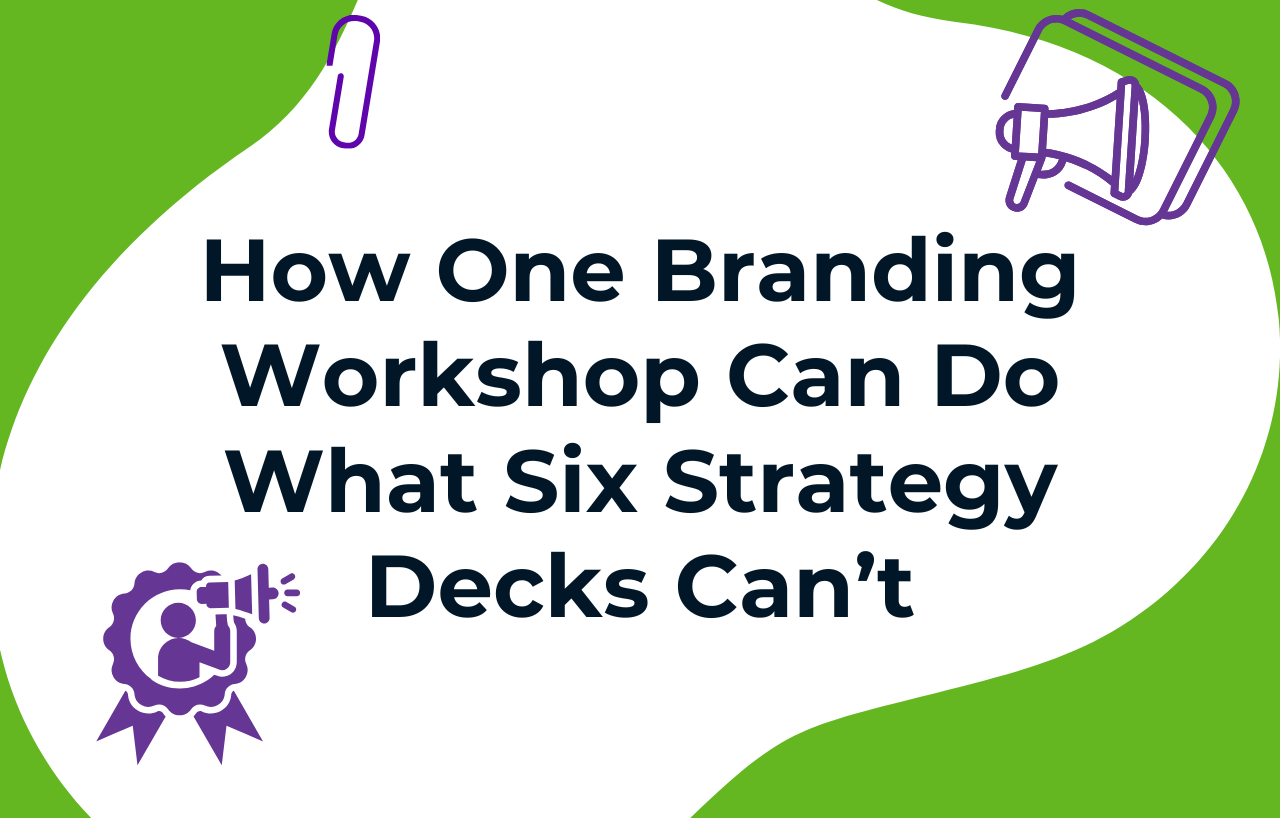 Content Marketing
Content Marketing How One Branding Workshop Can Do What Six Strategy Decks Can’t
 Content Marketing
Content Marketing 